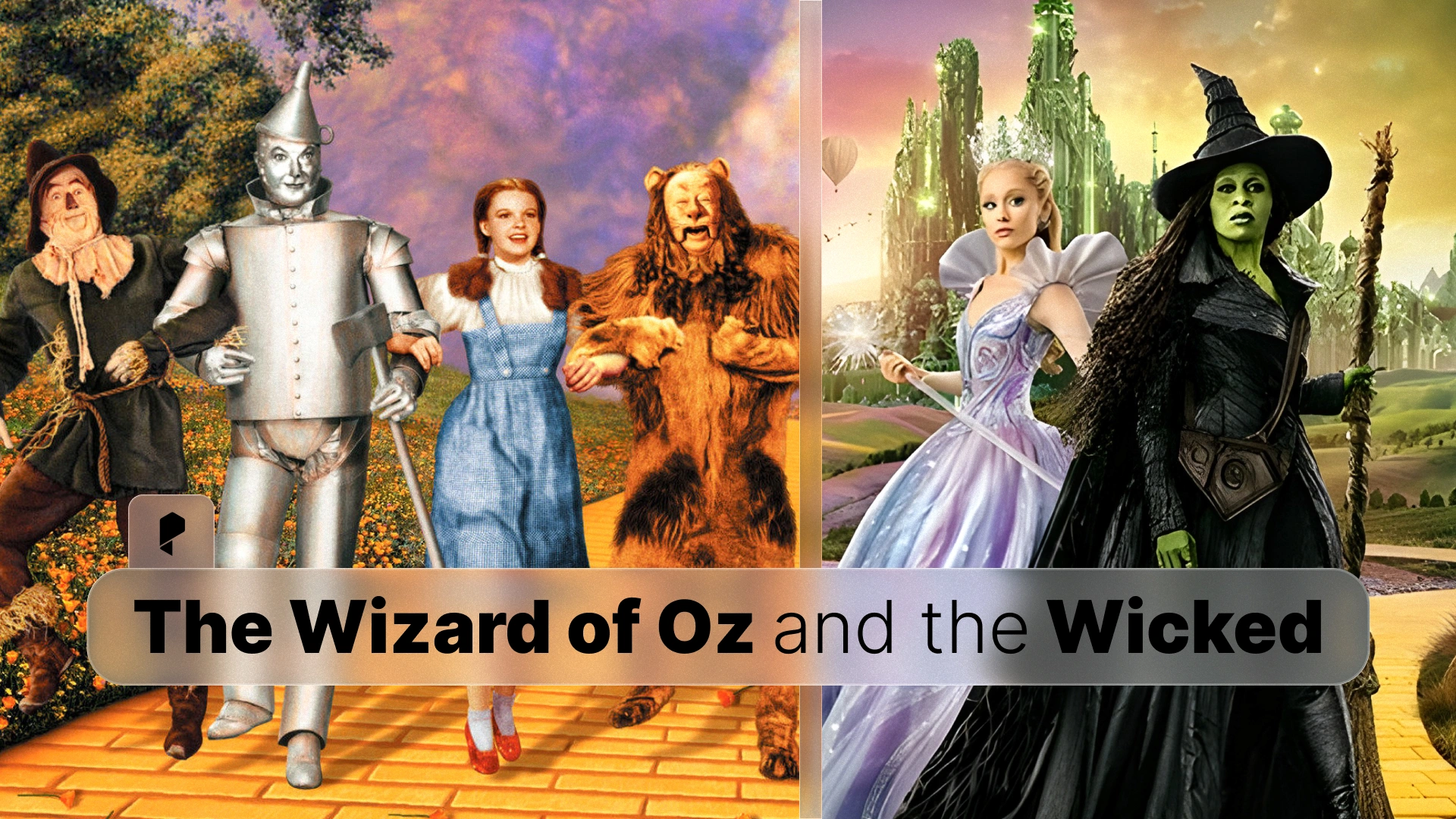Mastering Insert Shots in Cinema: The Ultimate Guide to Visual Storytelling Techniques

An insert shot is a close-up that isolates a specific object or detail, giving it significance beyond what’s seen in a wider frame. From revealing crucial plot information to creating suspense, insert shots help filmmakers guide the audience’s focus in a compelling way.
In this guide, we’ll explore what insert shots are, why they matter, and how to use them effectively to elevate your storytelling. Whether you’re a seasoned filmmaker or just starting, mastering insert shots can transform the way you structure your scenes.
For those looking to enhance their films with professional-quality insert shots, check out these After Effects video templates that can bring dynamic storytelling elements to your projects.
What is an Insert Shot?
Visual Examples of Insert Shots
Some of the most memorable insert shots in cinema have been used to create intrigue, suspense, or symbolism:
- The glowing briefcase in Pulp Fiction – Its mysterious golden glow keeps audiences guessing about its contents.
- The spinning top in Inception – This small detail becomes the key to understanding the film’s central theme of reality vs. dreams.
- The orange peel in The Godfather – A subtle but powerful detail that foreshadows violence.
Insert Shot vs. Cutaway
While both insert shots and cutaways serve to add visual interest, they are not the same:
- Insert Shot – Focuses on an object or detail within the scene (e.g., a close-up of a hand gripping a doorknob).
- Cutaway – Cuts to something outside the main action, often for context or reaction (e.g., showing a character watching from afar).
Insert Shot vs. Close-Up
Although insert shots are a type of close-up, they have a distinct function. A standard close-up focuses on a subject’s face or upper body to capture emotion, while an insert shot is more functional—highlighting objects or movements to deliver specific information.
By strategically incorporating insert shots, filmmakers can control how the audience experiences key moments in a story.
Why Use Insert Shots in Filmmaking?
1. Enhancing Narrative
Sometimes, an object can tell a story better than words. A close-up of a torn photograph, a letter with trembling handwriting, or a locked briefcase can add layers of meaning to a scene. Insert shots allow filmmakers to communicate essential story elements subtly yet effectively.
2. Building Tension
Insert shots are often used to heighten suspense by controlling what the audience sees. A classic example is a close-up of a ticking clock in a heist movie—each second that passes intensifies the stakes. Similarly, a subtle insert shot of a character slipping a weapon into their pocket before a confrontation can foreshadow danger without explicitly stating it.
3. Creating Emotional Impact
Small details can evoke strong emotions. A trembling hand reaching for a phone, a tear rolling down a cheek, or a wedding ring being slipped off can all be captured in insert shots to convey deep emotional weight. These moments make the audience feel connected to the characters on a personal level.
4. Strengthening Visual Storytelling
Cinema is a visual medium, and insert shots help filmmakers emphasize key story points in ways that are instinctively understood by the audience. By choosing what details to highlight, directors can guide viewers toward the intended emotions and themes of a scene.
For those interested in enhancing their storytelling with high-quality visual effects, explore these cinematic VFX templates to create striking insert shots with ease.
How to Use Insert Shots Effectively
Best Practices
- Timing – Insert shots should be used at key moments, such as when a plot detail is revealed, suspense is built, or a character’s emotion is heightened.
- Duration – Keep insert shots short and impactful to maintain engagement. Lingering too long on a detail can break the pacing of a scene.
- Relevance – Every insert shot should serve a purpose. If a detail doesn’t contribute to the story, mood, or character development, it might be unnecessary.
Technical Tips
- Camera Angles – Experiment with dynamic angles to make insert shots more engaging. Low-angle shots can make an object seem powerful, while overhead shots can create a sense of vulnerability.
- Lighting – The way an object is lit affects its emotional tone. Bright lighting highlights clarity and importance, while shadows can add mystery or drama.
- Focus & Depth of Field – A shallow depth of field can blur the background and draw full attention to the object, ensuring the audience doesn’t miss key details.
Editing Techniques
Insert shots should flow seamlessly within the edit. They can be used:
- To punctuate a scene – A quick insert shot before cutting back to the main action can add emphasis.
- For parallel storytelling – Showing a relevant detail in another location can build connections between characters and events.
- To intensify pacing – Fast cuts between insert shots and wide shots can build energy and tension.
When executed well, insert shots can turn ordinary moments into unforgettable cinematic experiences, drawing viewers deeper into the story.
Examples of Iconic Insert Shots in Film
1. “Pulp Fiction” (1994) – The Glowing Briefcase
Quentin Tarantino’s Pulp Fiction features one of the most famous insert shots in film history: the mysterious glowing briefcase. Although its contents are never revealed, the close-up shot of the briefcase opening—bathed in golden light—creates an air of mystery and intrigue. This simple insert shot sparks endless speculation while reinforcing the briefcase’s importance in the story.
2. “The Lord of the Rings” (2001-2003) – The One Ring
Throughout The Lord of the Rings trilogy, close-ups of the One Ring play a crucial role in the narrative. Whether it’s lying ominously on the ground, slipping onto Frodo’s finger, or reflecting firelight, these insert shots constantly remind the audience of the ring’s corrupting influence.
3. “Inception” (2010) – The Spinning Top
Christopher Nolan’s Inception masterfully uses an insert shot in its final moments. The spinning top is a small yet powerful detail that symbolizes the central conflict: dream vs. reality. As the film fades to black before revealing whether the top falls, this single insert shot leaves audiences with an unforgettable and ambiguous ending.
4. “Se7en” (1995) – The Box Reveal
David Fincher’s Se7en builds tension masterfully through an insert shot of a mysterious box being opened. Instead of showing the audience its contents right away, the film lingers on close-ups of reactions, intensifying the suspense. This technique demonstrates how insert shots can create a sense of horror without explicit imagery.
Insert shots like these prove that small details can have a massive impact on a film’s storytelling, often becoming some of its most iconic moments.
Incorporating Insert Shots into Your Own Projects
Step 1: Plan Your Insert Shots in Pre-Production
Before shooting, identify key moments in your story where an insert shot could:
✔ Emphasize an important object or action
✔ Build suspense or foreshadow events
✔ Convey an emotion visually
Creating a shot list or storyboard can help you visualize how these shots will fit into your scene.
Step 2: Capture High-Quality Inserts
To make your insert shots look professional:
- Use a macro or telephoto lens for extreme close-ups.
- Ensure proper lighting to highlight textures and details.
- Experiment with motion (e.g., slow zooms, tracking shots) to add depth.
If you’re working in post-production, you can enhance your insert shots with professional After Effects templates like the ones available here.
Step 3: Edit with Purpose
Editing plays a crucial role in making insert shots impactful. When incorporating them into your project:
- Use quick cuts for fast-paced action sequences.
- Linger on an insert shot to create suspense.
- Pair with sound design (e.g., a ticking clock, heartbeat) to amplify tension.
Enhancing Insert Shots with Visual Effects
1. Adding Realistic Depth and Motion
Sometimes, physical limitations make it difficult to capture perfect insert shots. In these cases, VFX can:
- Stabilize shaky close-ups for a polished look.
- Enhance small details, such as reflections or textures.
- Add camera movements, like slow push-ins or zoom effects, in post-production.
2. Creating Digital Elements for Inserts
Certain insert shots require digital elements that don’t exist on set. For example:
- A phone screen displaying a crucial text message can be added in post-production.
- A holographic interface can make a futuristic insert shot more compelling.
- A burning letter can be realistically animated with VFX instead of practical effects.
3. Enhancing Mood and Atmosphere
VFX can also subtly improve the mood of an insert shot. Adding elements like:
- Smoke, light leaks, or dust and grain particles can create cinematic depth.
- Lens flares and glow effects can enhance the visual appeal.
- Color grading and overlays can shift the tone to match the film’s aesthetic.
By integrating visual effects, insert shots not only communicate essential story details but also contribute to the overall artistic style of your project.
Conclusion
By carefully planning, shooting, and editing insert shots, you can:
- Strengthen the emotional impact of your scenes.
- Highlight important details without excess dialogue
- Improve storytelling through visual composition.
And with the help of modern visual effects and post-production tools, you can take your insert shots even further, creating cinematic moments that captivate your audience.
No matter your skill level or budget, mastering insert shots will elevate your storytelling and make your videos more engaging, immersive, and professional.
If you buy something through our links, we may earn an affiliate commission or have a sponsored relationship with the brand, at no cost to you. We recommend only products we genuinely like. Thank you so much.
Blog Label:
- camera angles
- cinematic shots
- Close-Up Shots
- Detail Shots
- Examples of Insert Shots in Movies
- Film Editing
- Film Techniques
- filmmaking
- filmmaking angles
- How to Use Insert Shots
- Importance of Insert Shots
- Insert Shot
- Insert Shot Definition
- Insert Shot vs. Cutaway
- Insert Shots in Film Theory
- Shot Types in Film
- Visual Storytelling





